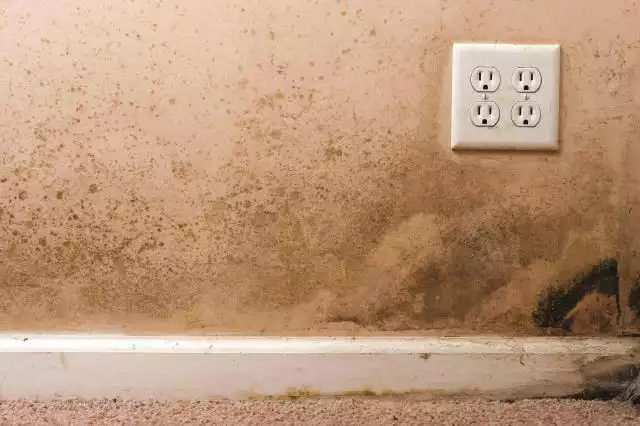How to Check Common Places for Mold & Other Mold Prevention Tips
2 minute read
Sometimes you can’t see it, but you can definitely tell it’s there. Itchy eyes, sneezing, sore throat, congestion—these are all signs of a mold allergy. And if you or your family suffer those symptoms while in your home and you’re not sure why, mold may be the issue.
We’ve got a rundown of the most common places for mold to grow, and some simple steps you can take to manage it.
Mold Prevention Tips & Common Places for Mold Growth
Bathroom: Mold thrives in these warm, wet environments
- Shower/tub
- Sink and toilet
- In the walls and on the floor
Kitchen: Extra humidity from cooking on the stove and running hot water allow for mold to grow quickly
- In, on, and under the sink
- Pantry and refrigerator
- Stove (top and behind) and microwave
- Trash can
Bedroom: Your sleep environment should be healthy, but leaky pipes in the wall and ceiling or poor ventilation can cause mold to grow in and around your bedroom
- Windows and window sills
- Walls
- On the mattress
- AC and heating vents
Living Room: This heavy-traffic room might seem safe, but certain conditions can make it susceptible to mold growth
- Indoor plants
- Couch and curtains
- Fireplace and chimney
Other places to check in your home:
- Washing machines and dryers
- Air conditioning and heating ducts
- Walls and ceiling
- Carpeting, fabric, upholstery
- Basement
Mold Prevention Tips: Moisture Control
Mold can’t grow without moisture, so it’s important to keep all rooms and surfaces of your home clean and at a comfortable humidity level.
You want to keep the humidity in your home between 40-60%. Many dehumidifiers can display the humidity level on their control screen or panel, or you can measure levels with a hygrometer.
To control the humidity, invest in a dehumidifier or two. Dehumidifiers are the best way to reduce moisture levels in your home, especially basements or rooms without proper ventilation or windows. You can buy portable dehumidifiers to control moisture in certain rooms, or install a whole-home dehumidifier that handles the air quality throughout your home.
